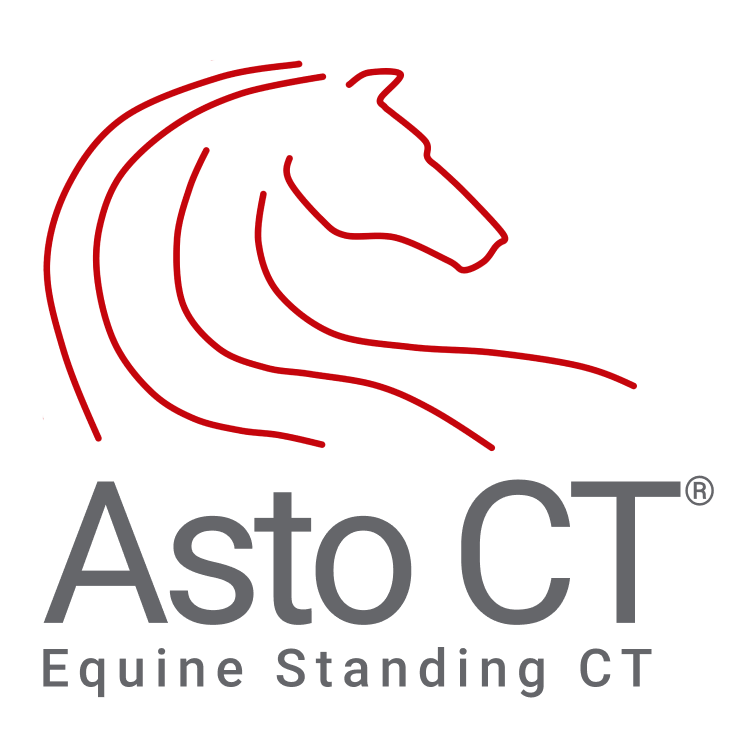Why CT imaging is Superior for Equine Dental Cases
Written by Dr. Travis Henry
Imaging with computed tomography (CT) has become increasingly advanced in recent years and has become the gold standard diagnostic for dental disease and other conditions involving the skull. Images obtained with CT provide enhanced details of bone and soft tissue gradients compared to traditional X-rays, and allows manipulation of images tridimensionally. This improves making an accurate diagnosis and viable treatment plans. The bone window is primarily used for dental cases, but the soft tissue window is useful when looking at particular cases such as sinus cysts. Figure 1 is a well-defined nasal conchal bulla containing inspissated purulent material and sinusitis. Figure 2 is a sinus cyst where you can actually see different patterns of density, this allows assessment of how thick of lining is present and the character of the fluid.
Figure 1. Nasal chonchal bulla
Figure 2. Sinus Cyst
Tridimensional evaluation of images is one of the biggest advantages of CT. This is done with multiplanar reconstructions (MPR) and can be beneficial for correcting defects in the positioning of the standing horse. The horse’s teeth have an average of five pulp horns, a common pulp chamber, and a root cannel associated with each root. Maxillary teeth have 3 roots on each tooth and the addition of infundibula. The mandibular cheek teeth have 2 roots each. This is a lot of information in each tooth. Being able to see transverse, sagittal and dorsal views of each tooth can help make a more efficient diagnosis and therefore an accurate treatment plan. The days of removing the wrong tooth or being uncertain of which tooth is the problem are becoming less and less.
Figure 3. MRSA case
CT is a very powerful tool for skull fractures and injuries to the external face. It’s really neat to be able to evaluate the extent of the injury. For example, the image shown in figure 3 was a methyl resistant staph (MRSA) case that presented with chronic sinusitis. The horse had a trephination made along the frontal suture line which became infected with MRSA. CT images were utilized to follow the progress of treatment and the extent of the infection. In this case the disease process progressed across the entire frontal suture until it exited beneath the opposite orbit. With CT imaging we were able to make adjustments in the treatment plan and ultimately have a successful outcome.
When examining dental conditions like periodontal disease (figure 4), draining tracts, and tooth fractures CT can give us detailed information that supersedes standard radiography. The ability to be able to scan a horse in 15 minutes and then move it to the surgical suite and begin executing a treatment plan in less than 40 minutes all under the same sedation protocol is a game changer. This ultimately saves the client money and reduces the necessity for multiple sedation events in sometimes very elderly patients.
Figure 4. Large Radicular Cyst associated with tooth 309
Dr. Travis Henry is a graduate of Michigan State and completed his residency from UC Davis. He’s unique in the sense that he’s received board certification in both small and large animal dentistry. He has owned Midwest Veterinary Dental Services for over 15 years and recently has become an adjunct faculty member at the University of Wisconsin-Madison. He’s known internationally for his expertise in animal dentistry. Currently Dr. Travis Henry uses the Equina by Asto CT at the University of Wisconsin-Madison for his equine dental cases.
Dr. Travis Henry, DVM, DAVDC, DAVDC/Eq





